Image of 1962 Oldsmobile Jetfire, Note: These illustrations use artistic license and may differ from actual historical models.
Performance Metrics
Fundamental Metrics
Emotional Appeal
MMP Rating
| Engine Specifications | |
|---|---|
| Engine: | Turbocharged 215 CID V8 |
| Displacement: | 215 cubic inches (3.5 liters) |
| Horsepower: | 215 hp |
| Torque: | 300 lb-ft |
| Compression Ratio: | 10.25:1 |
| Ignition System: | Conventional distributor and coil |
| Cooling System: | Liquid-cooled |
| Performance Specifications | |
| 0-60 Time: | 9 seconds |
| 1/4 Mile Time: | 16.5 seconds |
| Top Speed: | 110 mph |
| Transmission and Drive | |
| Drive Type: | Rear-wheel drive |
| Transmission Type: | 4-speed Hydra-Matic automatic |
| Fuel and Efficiency | |
| Fuel System Type: | Turbocharged carburetor |
| MPG: | 15-20 mpg |
| Dimensions and Brakes | |
| Brakes: | Drum brakes |
| Wheelbase: | 112 inches |
| Weight: | 3,200 lbs |
Note: Specifications for classic cars are given to the best of our ability, considering the limited and variant data available.
Unveiling the 1962 Oldsmobile Jetfire
The 1962 Oldsmobile Jetfire rocketed onto the automotive scene with a flourish of innovation and performance that was ahead of its time. As a product of General Motors, it emerged from an era where space-age dreams were becoming reality, and cars reflected this fascination with the future. The Jetfire boasted a unique combination of luxury and muscle, leaving an indelible mark on automotive history with its groundbreaking turbocharged engine—a first for a production car in America.
Design and Innovation
With its sleek contours and eye-catching silhouette, the Jetfire's exterior was a testament to the era's love affair with jet-inspired design. The car's long lines and subtle fins hinted at aerodynamic efficiency and speed. Inside, passengers were greeted by an interior that exuded comfort and sophistication, with high-quality materials that were the norm for Oldsmobile's upscale offerings. The dashboard's layout was driver-centric, featuring an array of gauges that included a manifold pressure gauge—a nod to the car's turbocharged prowess.
The Jetfire's technological tour de force was its Turbo Rocket Engine, a turbocharged version of Oldsmobile's aluminum-block 215 cubic inch V8. This powerplant was not only innovative but also demonstrated Oldsmobile's commitment to pushing the boundaries of performance. The color palette for the Jetfire ranged from understated to vibrant, with popular choices including Provincial White and Saddle Mist. The coupe body style was particularly iconic, capturing the essence of early '60s automotive design.
Historical Significance
The Jetfire's introduction to the market was a pivotal moment for automotive engineering. It showcased how American manufacturers could blend performance with luxury in a package that appealed to a wide audience. The turbocharging technology it employed set a precedent that would be followed by countless other models in subsequent decades, cementing its place in automotive lore.
Performance and Handling
On the road, the 1962 Oldsmobile Jetfire had impressive credentials for its time. With a top speed approaching 110 mph and capable of sprinting from 0-60 mph in around 9 seconds, it offered spirited performance. The handling characteristics were typical of the era: while not as sharp as modern sports cars, it provided a comfortable ride quality that absorbed road imperfections with grace. Drivers often remarked on the distinctive whistle of the turbocharger as it spooled up—a sound that became synonymous with this innovative vehicle.
Ownership Experience
The Jetfire found its niche among those who desired a daily driver with flair or a showpiece that could hold its own at local car meets. While maintenance could be more demanding due to its specialized engine components, many owners found the Jetfire relatively straightforward to work on, given its domestic roots and shared parts with other GM vehicles.
Fun Facts
The Oldsmobile Jetfire was often in rarefied company; only around 3,765 units were produced in 1962. Its turbocharged engine required owners to use "Turbo Rocket Fluid" to prevent detonation—a novelty at the time. While it didn't break sales records, it certainly turned heads and sparked conversations wherever it went.
Collector's Information
Today, the value range for a well-maintained 1962 Oldsmobile Jetfire can vary significantly due to its rarity and condition. A pristine example might fetch upwards of $30,000 or more at auction or private sale, reflecting both its scarcity and desirability among collectors.
Conclusion
The 1962 Oldsmobile Jetfire stands as a beacon of innovation from an era when automakers were not afraid to take risks and push boundaries. Its combination of luxury appointments and pioneering technology makes it a cherished classic that continues to captivate enthusiasts around the world.
1962 Oldsmobile Jetfire Catalog of Parts
 1962 Oldsmobile Jetfire Shock Absorber Grommet. 1" bottom O.D., 3/4" high-BN 1Shock Absorber Grommet. 1" bottom O.D., 3/4" high., with 7/16" I.D. Each
1962 Oldsmobile Jetfire Shock Absorber Grommet. 1" bottom O.D., 3/4" high-BN 1Shock Absorber Grommet. 1" bottom O.D., 3/4" high., with 7/16" I.D. Each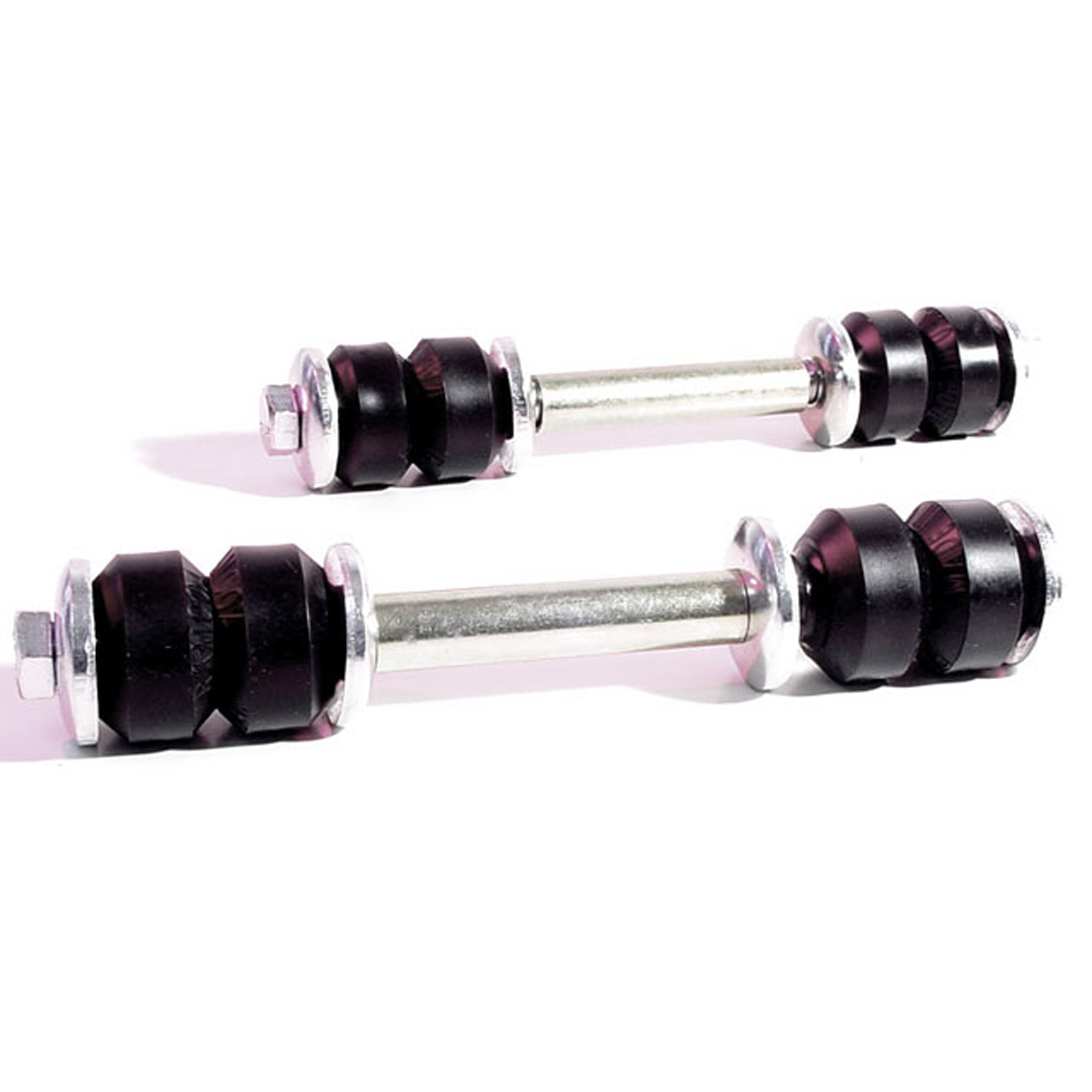 1962 Oldsmobile Jetfire Front Stabilizer End Repair Kit-BNK 23Front Stabilizer End Repair Kit. 22-piece set for two stabilizer bars. Contains all rubber bushings, washers, bolts and nuts, enough for one front end. Set
1962 Oldsmobile Jetfire Front Stabilizer End Repair Kit-BNK 23Front Stabilizer End Repair Kit. 22-piece set for two stabilizer bars. Contains all rubber bushings, washers, bolts and nuts, enough for one front end. Set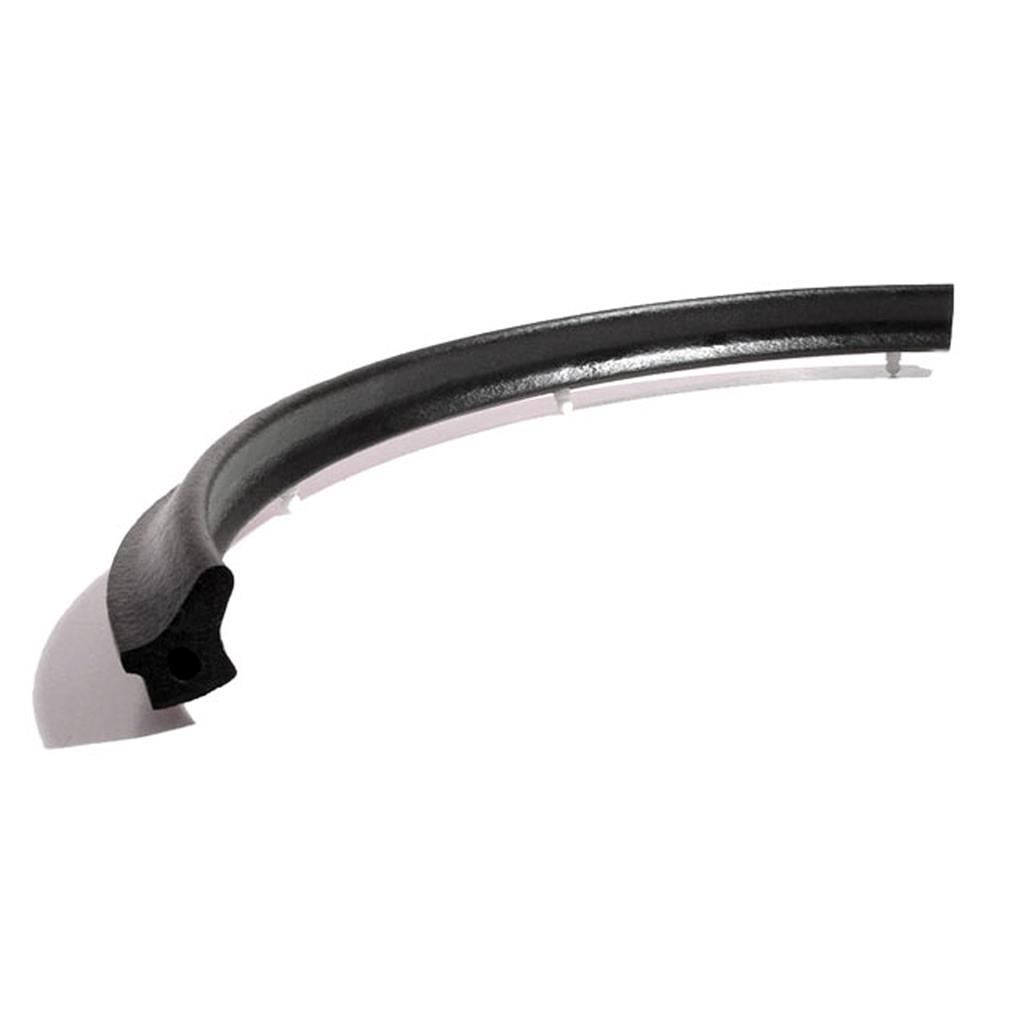 1962 Oldsmobile Jetfire Door Side Seal ('64-'66 some models)-C/LP 40-DDoor Side Seal ('64-'66 some models). Smooth skin-covered sponge with clips already installed, 4" apart. For seal without clips, see LP 40-D. Sold by the foot.
1962 Oldsmobile Jetfire Door Side Seal ('64-'66 some models)-C/LP 40-DDoor Side Seal ('64-'66 some models). Smooth skin-covered sponge with clips already installed, 4" apart. For seal without clips, see LP 40-D. Sold by the foot.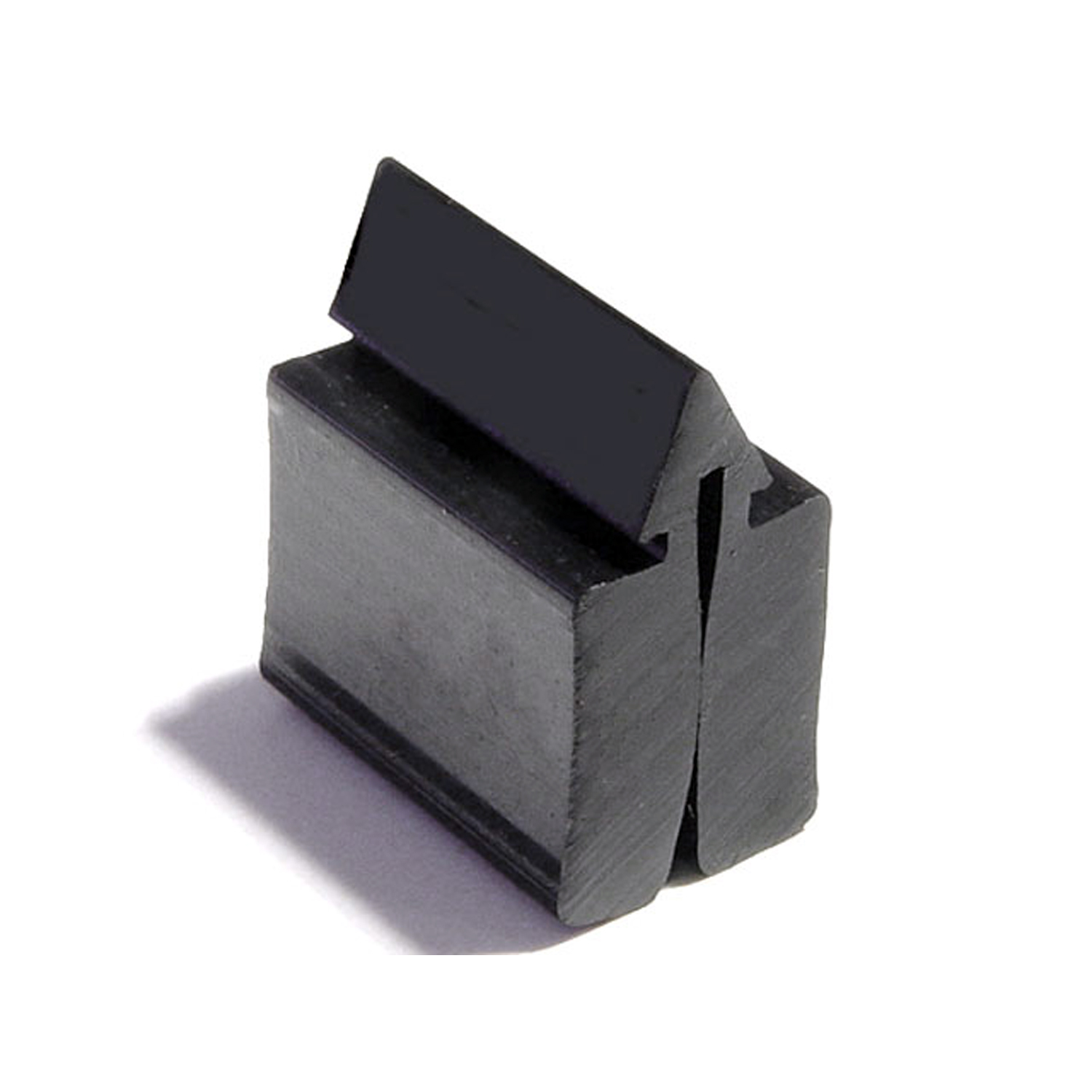 1962 Oldsmobile Jetfire Door Bumper. 1-3/16" high X 5/8" wide X 1" long. Each-DB 33-BDoor Bumper. 1-3/16" high X 5/8" wide X 1" long. Each
1962 Oldsmobile Jetfire Door Bumper. 1-3/16" high X 5/8" wide X 1" long. Each-DB 33-BDoor Bumper. 1-3/16" high X 5/8" wide X 1" long. Each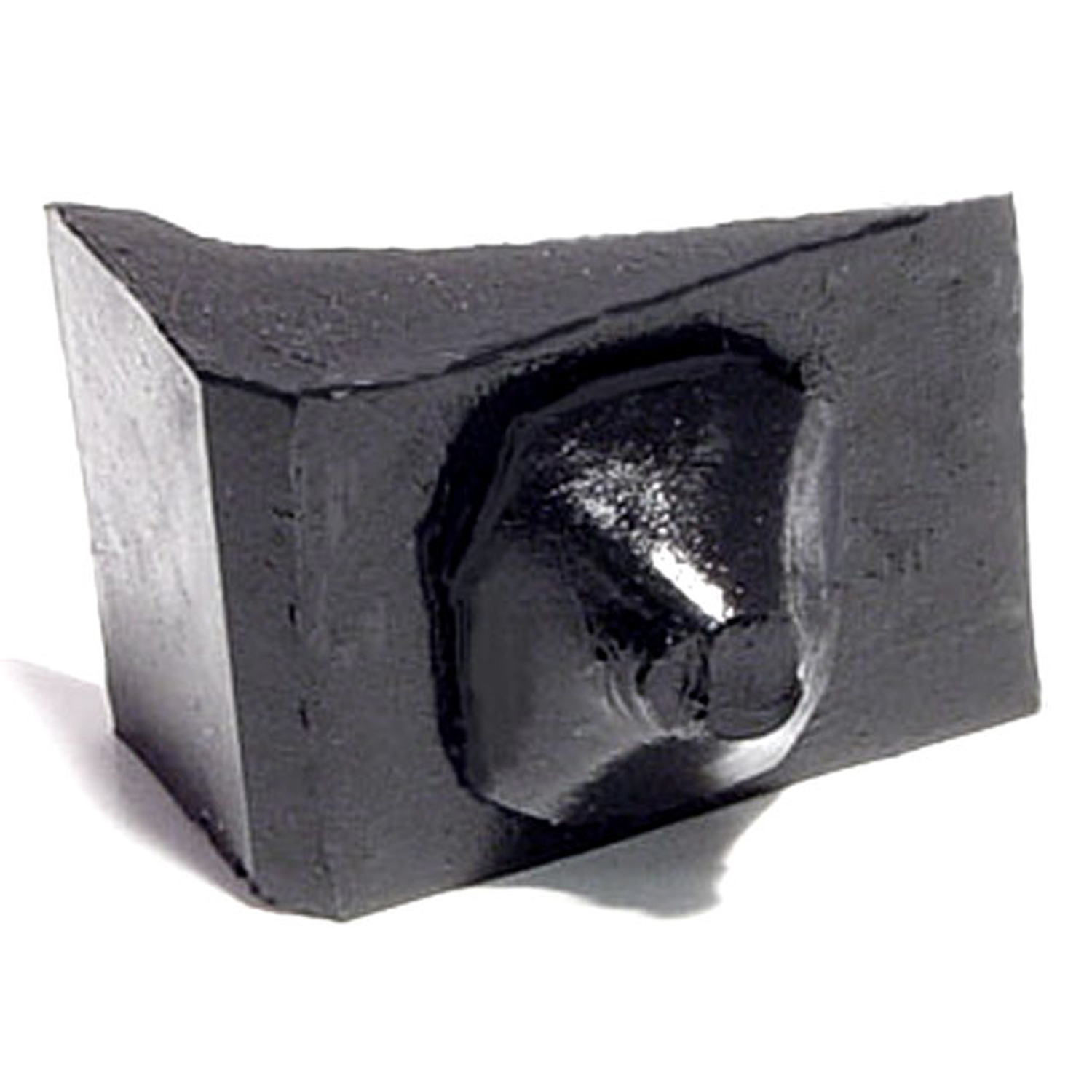 1962 Oldsmobile Jetfire Hood to Fender Bumper. Each-HF 42Hood to Fender Bumper. Each
1962 Oldsmobile Jetfire Hood to Fender Bumper. Each-HF 42Hood to Fender Bumper. Each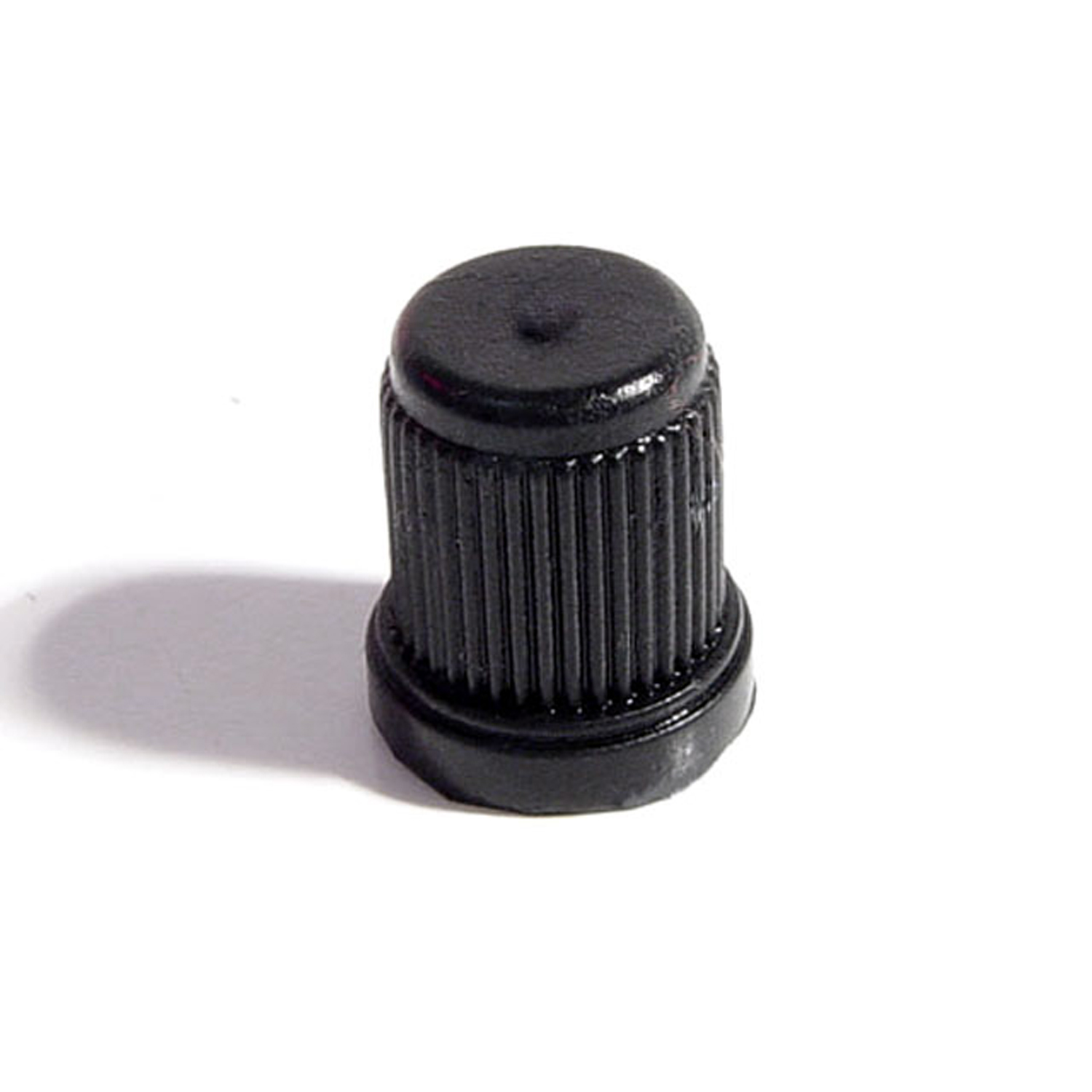 1962 Oldsmobile Jetfire Trip Meter Reset Knob. Made of black rubber-KN 10Trip Meter Reset Knob. Made of black rubber. Compare to measurements: 1/8" I.D., 7/16" O.D. X 1/2" tall. Each
1962 Oldsmobile Jetfire Trip Meter Reset Knob. Made of black rubber-KN 10Trip Meter Reset Knob. Made of black rubber. Compare to measurements: 1/8" I.D., 7/16" O.D. X 1/2" tall. Each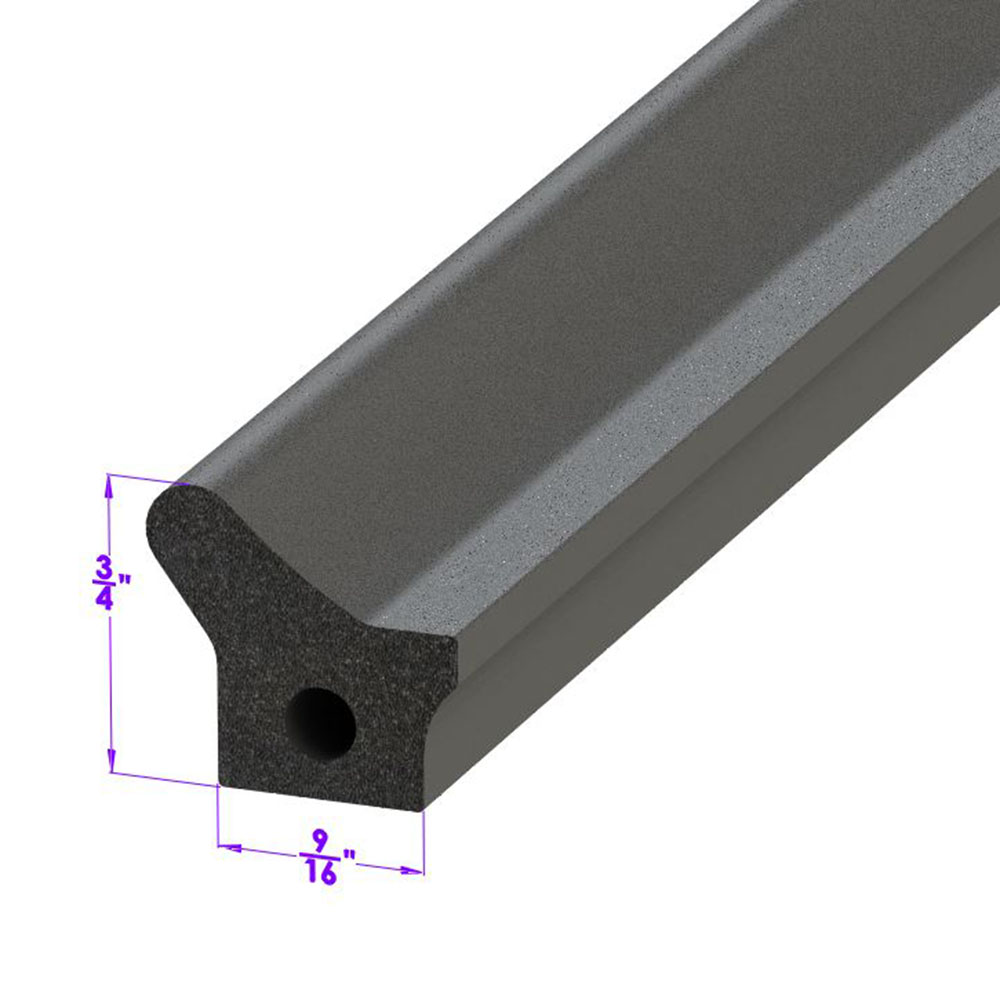 1962 Oldsmobile Jetfire Door Side Seal-LP 40-DDoor Side Seal, Without Clips ('64-'66 some models) For seal with clips, see C/LP 40-D. Sold by the foot
1962 Oldsmobile Jetfire Door Side Seal-LP 40-DDoor Side Seal, Without Clips ('64-'66 some models) For seal with clips, see C/LP 40-D. Sold by the foot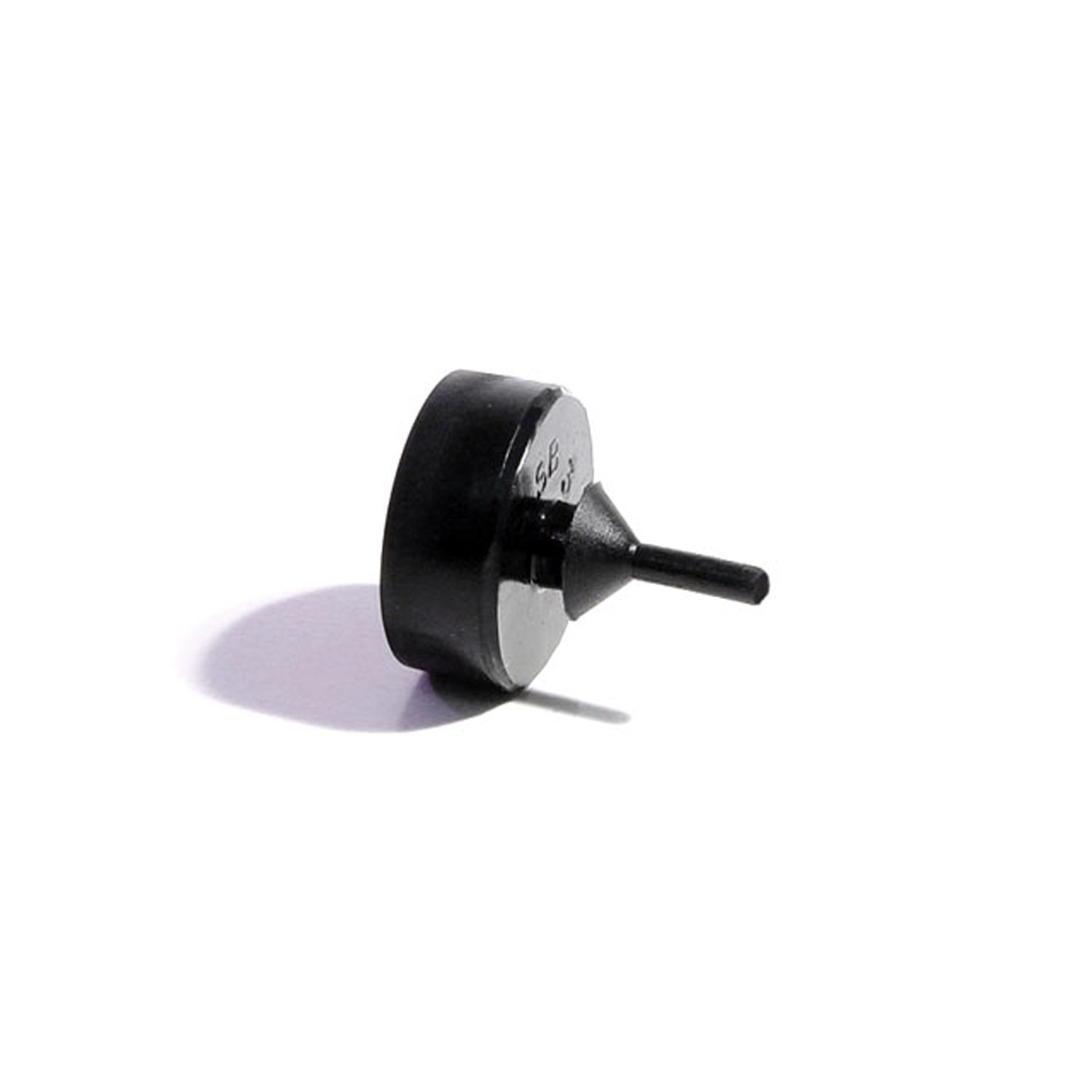 1962 Oldsmobile Jetfire Trunk Bumper. Fits lower corner on decklid. 15/16" O.D-SB 34Trunk Bumper. Fits lower corner on decklid. 15/16" O.D., 11/16" high. Each
1962 Oldsmobile Jetfire Trunk Bumper. Fits lower corner on decklid. 15/16" O.D-SB 34Trunk Bumper. Fits lower corner on decklid. 15/16" O.D., 11/16" high. Each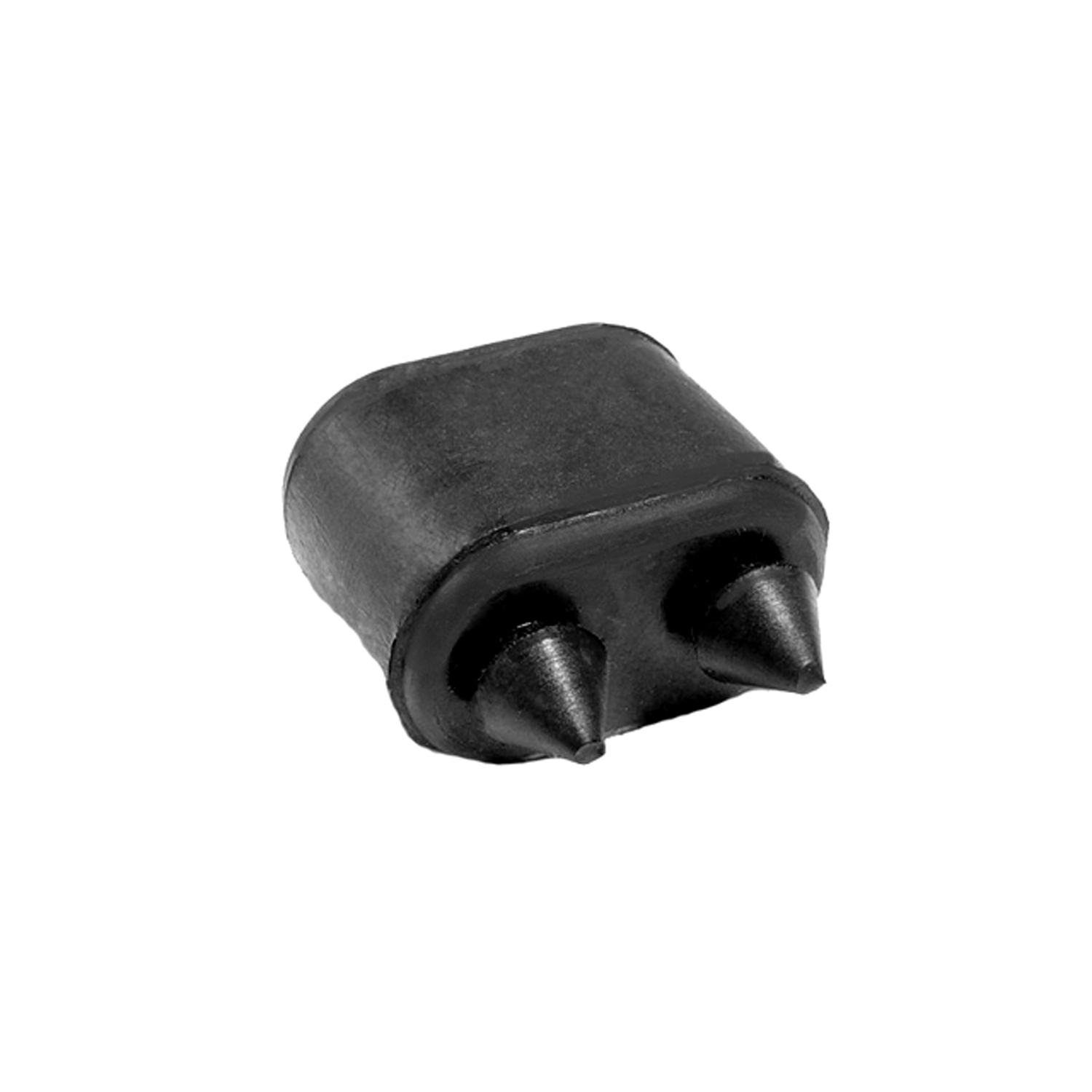 1962 Oldsmobile Jetfire Door Bumper, 57-74 GM Cars, Made with Twin Retainers, Each-SB 35Door Bumper, 57-74 GM Cars, made with twin retainers, Each. Measure 1-1/16" high X 19/32" wide X 1-1/32" long.
1962 Oldsmobile Jetfire Door Bumper, 57-74 GM Cars, Made with Twin Retainers, Each-SB 35Door Bumper, 57-74 GM Cars, made with twin retainers, Each. Measure 1-1/16" high X 19/32" wide X 1-1/32" long.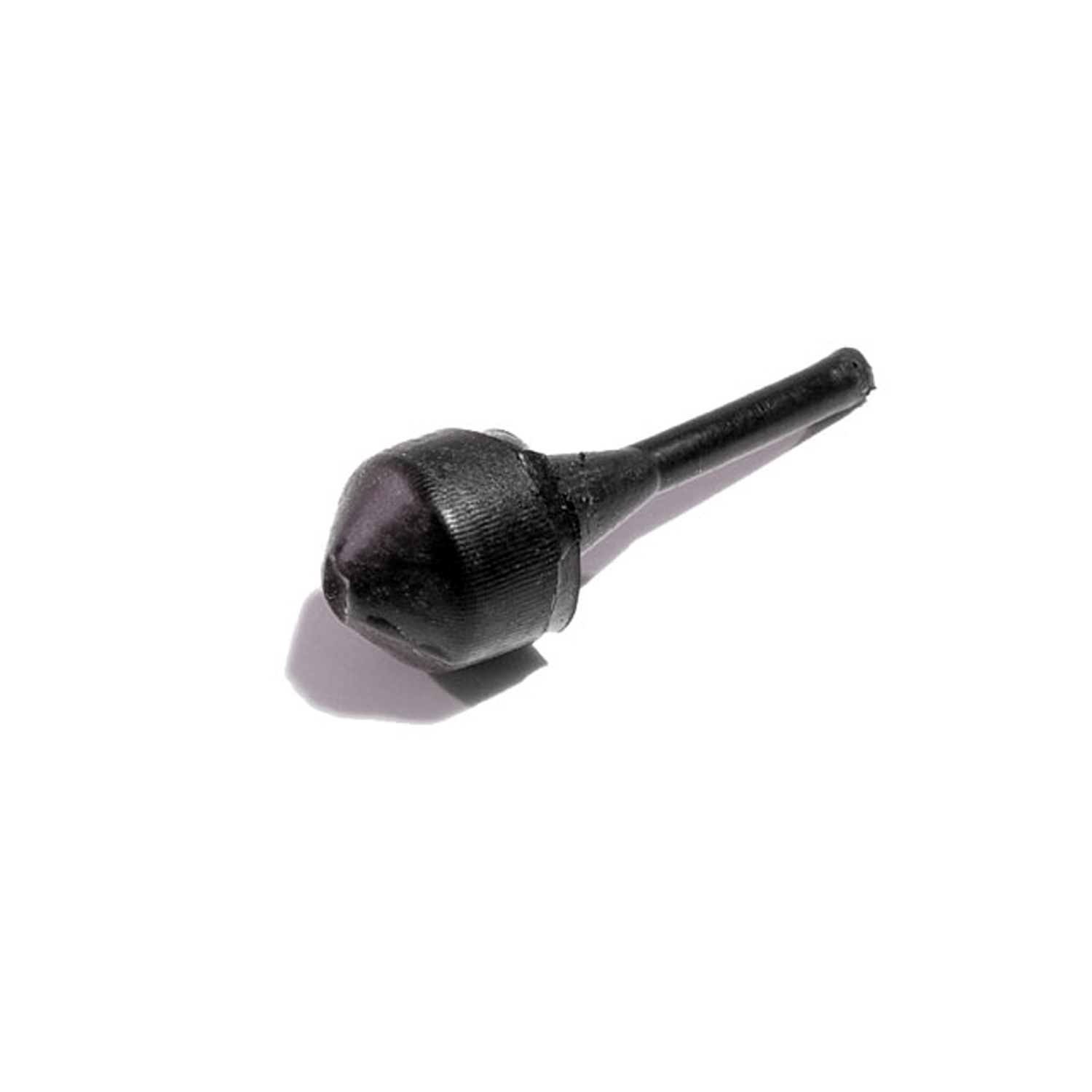 1962 Oldsmobile Jetfire Glove Box and Fuel Door Bumper. Fits 3/16" hole. Each-SB 78Glove Box and Fuel Door Bumper. Fits 3/16" hole. Each
1962 Oldsmobile Jetfire Glove Box and Fuel Door Bumper. Fits 3/16" hole. Each-SB 78Glove Box and Fuel Door Bumper. Fits 3/16" hole. Each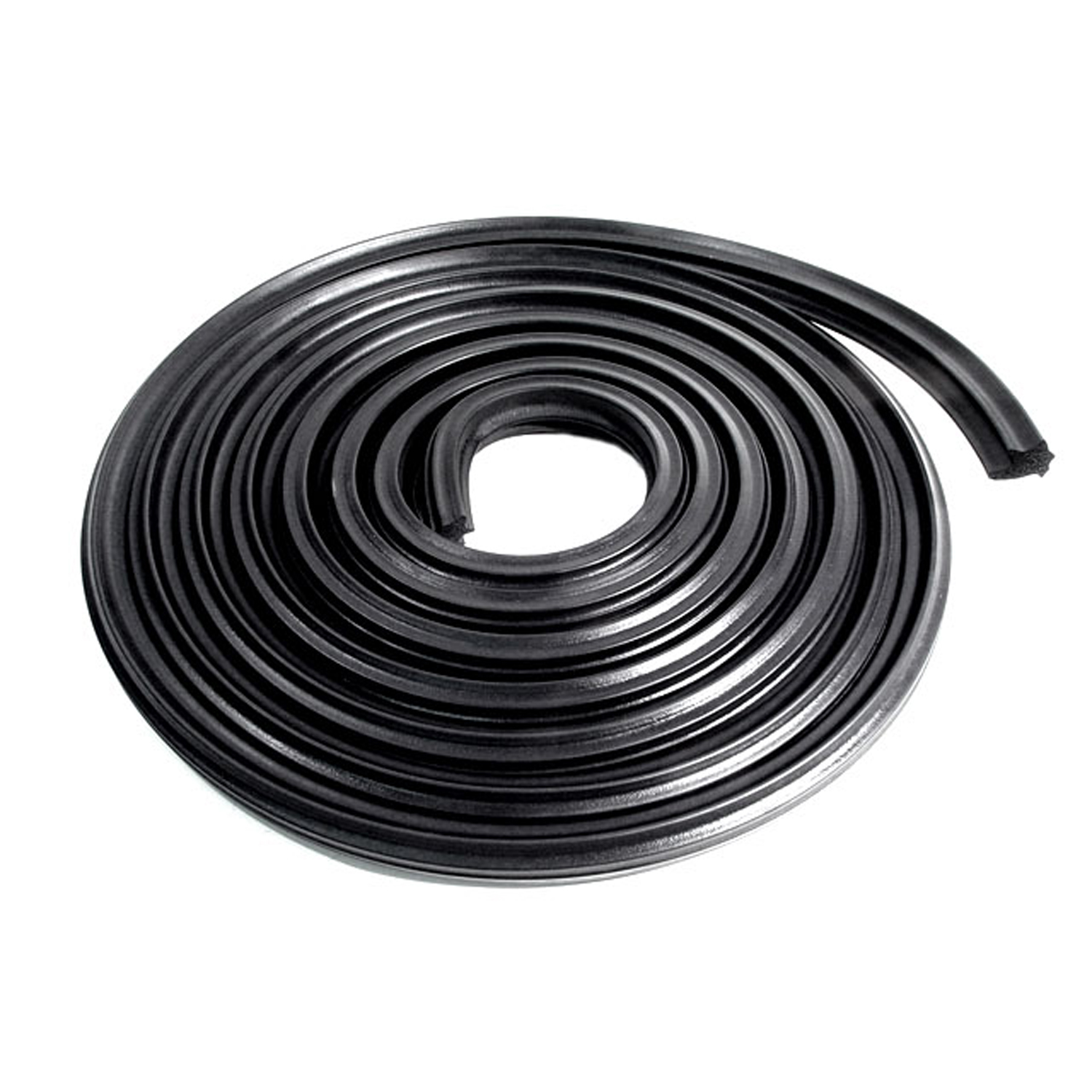 1962 Oldsmobile Jetfire Trunk Seal. 18 feet long. Each-TK 46-18Trunk Seal. 18 feet long. Each
1962 Oldsmobile Jetfire Trunk Seal. 18 feet long. Each-TK 46-18Trunk Seal. 18 feet long. Each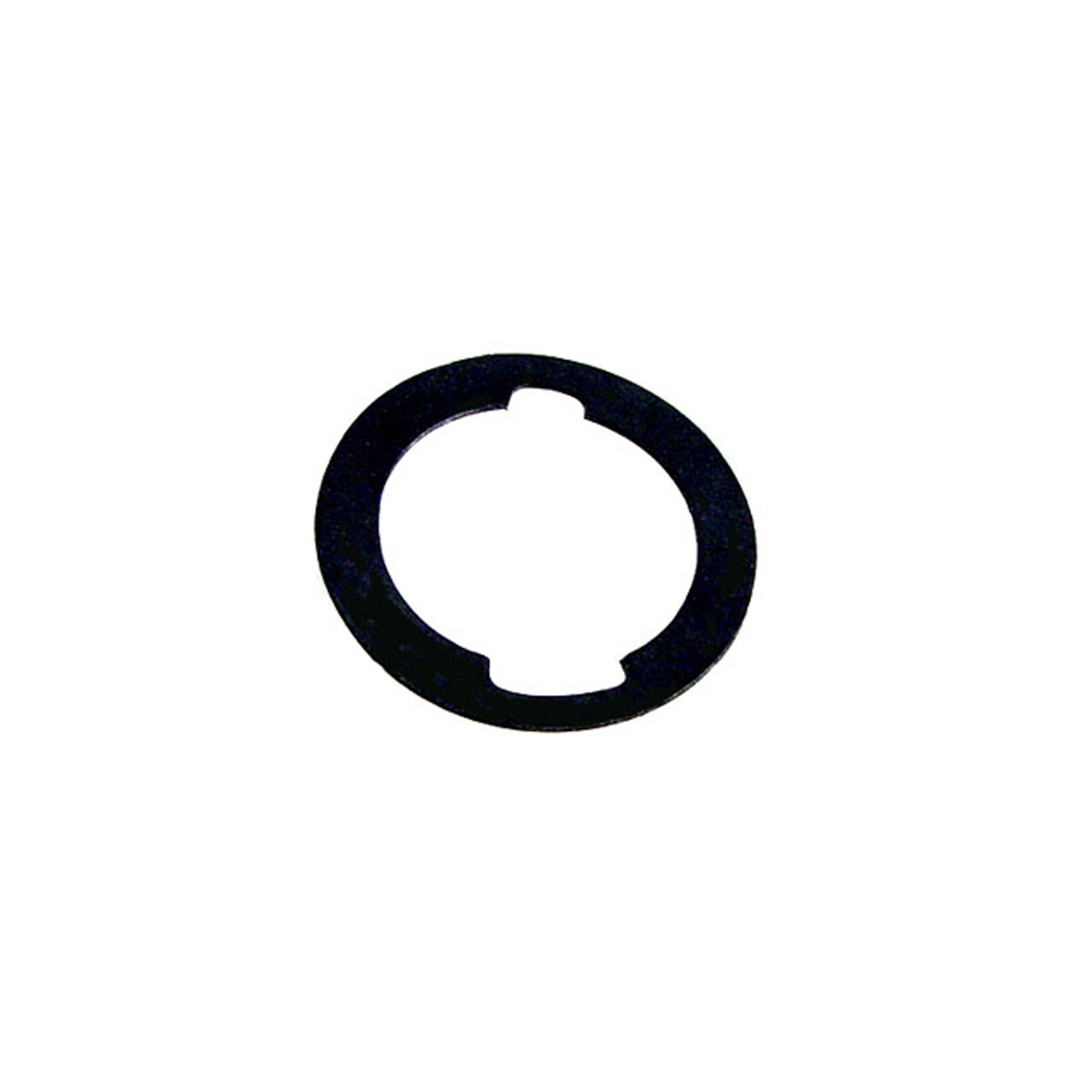 1962 Oldsmobile Jetfire Unbeaded Door and Trunk Lock Gasket. 1-3/16" O.D., 7/8" I.D-UM 1600-100Unbeaded Door and Trunk Lock Gasket. 1-3/16" O.D., 7/8" I.D. Each
1962 Oldsmobile Jetfire Unbeaded Door and Trunk Lock Gasket. 1-3/16" O.D., 7/8" I.D-UM 1600-100Unbeaded Door and Trunk Lock Gasket. 1-3/16" O.D., 7/8" I.D. EachWhy Choose Metro?
For over 100 years, Metro Moulded Parts has been the pinnacle of quality in classic car restoration parts. Our commitment to precision and authenticity in every component ensures a perfect fit and an OEM-level appearance.
- Expert Craftsmanship & Quality: Each part is a testament to our dedication to reliability and perfection, crafted from original designs and thoroughly tested.
- Advanced Technology: We use cutting-edge techniques to create flawless, long-lasting parts that surpass others in performance.
- SuperSoft Sponge – The Ultimate Door Seal: Not only are our door seals 30% softer than competitors', but they're also guaranteed to never leak. They effectively reduce wind and road noise, enhancing your classic car's comfort and driving experience.
- Proudly American: Our parts are a product of American craftsmanship, made in the USA with a spirit of excellence and heritage.
- Unrivaled Warranty: We back our products with a 30-year industry-leading warranty, a testament to our confidence in their quality.
Join us in preserving the legacy of classic cars with parts that are crafted for perfection, not just made.

